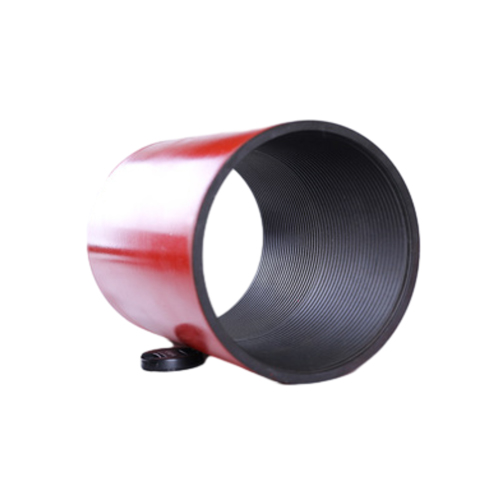- Afrikaans
- Albanian
- Amharic
- Arabic
- Armenian
- Azerbaijani
- Basque
- Belarusian
- Bengali
- Bosnian
- Bulgarian
- Catalan
- Cebuano
- Corsican
- Croatian
- Czech
- Danish
- Dutch
- English
- Esperanto
- Estonian
- Finnish
- French
- Frisian
- Galician
- Georgian
- German
- Greek
- Gujarati
- Haitian Creole
- hausa
- hawaiian
- Hebrew
- Hindi
- Miao
- Hungarian
- Icelandic
- igbo
- Indonesian
- irish
- Italian
- Japanese
- Javanese
- Kannada
- kazakh
- Khmer
- Rwandese
- Korean
- Kurdish
- Kyrgyz
- Lao
- Latin
- Latvian
- Lithuanian
- Luxembourgish
- Macedonian
- Malgashi
- Malay
- Malayalam
- Maltese
- Maori
- Marathi
- Mongolian
- Myanmar
- Nepali
- Norwegian
- Norwegian
- Occitan
- Pashto
- Persian
- Polish
- Portuguese
- Punjabi
- Romanian
- Russian
- Samoan
- Scottish Gaelic
- Serbian
- Sesotho
- Shona
- Sindhi
- Sinhala
- Slovak
- Slovenian
- Somali
- Spanish
- Sundanese
- Swahili
- Swedish
- Tagalog
- Tajik
- Tamil
- Tatar
- Telugu
- Thai
- Turkish
- Turkmen
- Ukrainian
- Urdu
- Uighur
- Uzbek
- Vietnamese
- Welsh
- Bantu
- Yiddish
- Yoruba
- Zulu
Casing Pup Joints - Essential Components for Oil and Gas Operations
Understanding Casing Pup Joints A Critical Component in Oil and Gas Operations
In the oil and gas industry, ensuring the integrity and efficiency of drilling operations is paramount. One of the less talked about, yet significantly important components in drilling and production is the casing pup joint. These specialized piping sections play a crucial role in the overall casing design, impacting not only the structural integrity of the well but also the safety and effectiveness of the extraction process.
What Is a Casing Pup Joint?
A casing pup joint is a short piece of pipe that is designed to connect sections of casing. Typically ranging from a few feet to several feet in length, pup joints help to adjust the overall casing string length. They are usually made from the same materials and have the same dimensions as standard casing pipes, allowing for seamless integration.
In drilling scenarios, varying depths and geological formations often necessitate adjustments to the casing structure; pup joints provide the flexibility to make these adjustments without having to replace entire casing strings. This adaptability can be crucial in dealing with unanticipated challenges underground, such as sudden changes in pressure or rock density.
The Importance of Casing Pup Joints
The primary purpose of casing pup joints is to ensure the proper fit of the casing columns. This is essential for several reasons
casing pup joint

1. Well Integrity The cumulation of these joints helps to ensure the integrity of the well by preventing potential leaks. A tight and well-sealed casing is crucial for maintaining the wellbore's stability and preventing contaminant migration.
2. Cost Efficiency Using casing pup joints can lead to significant cost savings. Instead of manufacturing and installing longer casing sections, which can be time-consuming and expensive, pup joints enable more straightforward and quicker modifications to casing lengths.
3. Improved Performance The right configuration with pup joints can enhance the performance of the casing. By optimizing the casing layout, drillers can improve the distribution of pressure and enhance the overall efficiency of fluid circulation during drilling and production.
4. Versatility in Design Casing pup joints are available in various sizes and materials, allowing for customization based on the specific requirements of a well. This versatility makes them suitable for a range of applications, from shallow water drilling to deep offshore operations.
Conclusion
In summary, casing pup joints may be small in size, but their impact on drilling and production operations cannot be overstated. They provide critical adjustments to casing lengths, enhance well integrity, and contribute to cost-effective drilling operations. As the oil and gas industry continues to evolve, the importance of such components will only grow, highlighting the need for rig operators and engineers to maintain a deep understanding of every element that contributes to successful drilling projects.
By recognizing the value of casing pup joints, industry professionals can ensure that their wells are not only efficiently drilled but also maintained in a manner that prioritizes safety and sustainability over the long term.
-
Tubing Pup Joints: Essential Components for Oil and Gas OperationsNewsJul.10,2025
-
Pup Joints: Essential Components for Reliable Drilling OperationsNewsJul.10,2025
-
Pipe Couplings: Connecting Your World EfficientlyNewsJul.10,2025
-
Mastering Oilfield Operations with Quality Tubing and CasingNewsJul.10,2025
-
High-Quality Casing Couplings for Every NeedNewsJul.10,2025
-
Boost Your Drilling Efficiency with Premium Crossover Tools & Seating NipplesNewsJul.10,2025







